The World's 10 Most Threatened Tribes
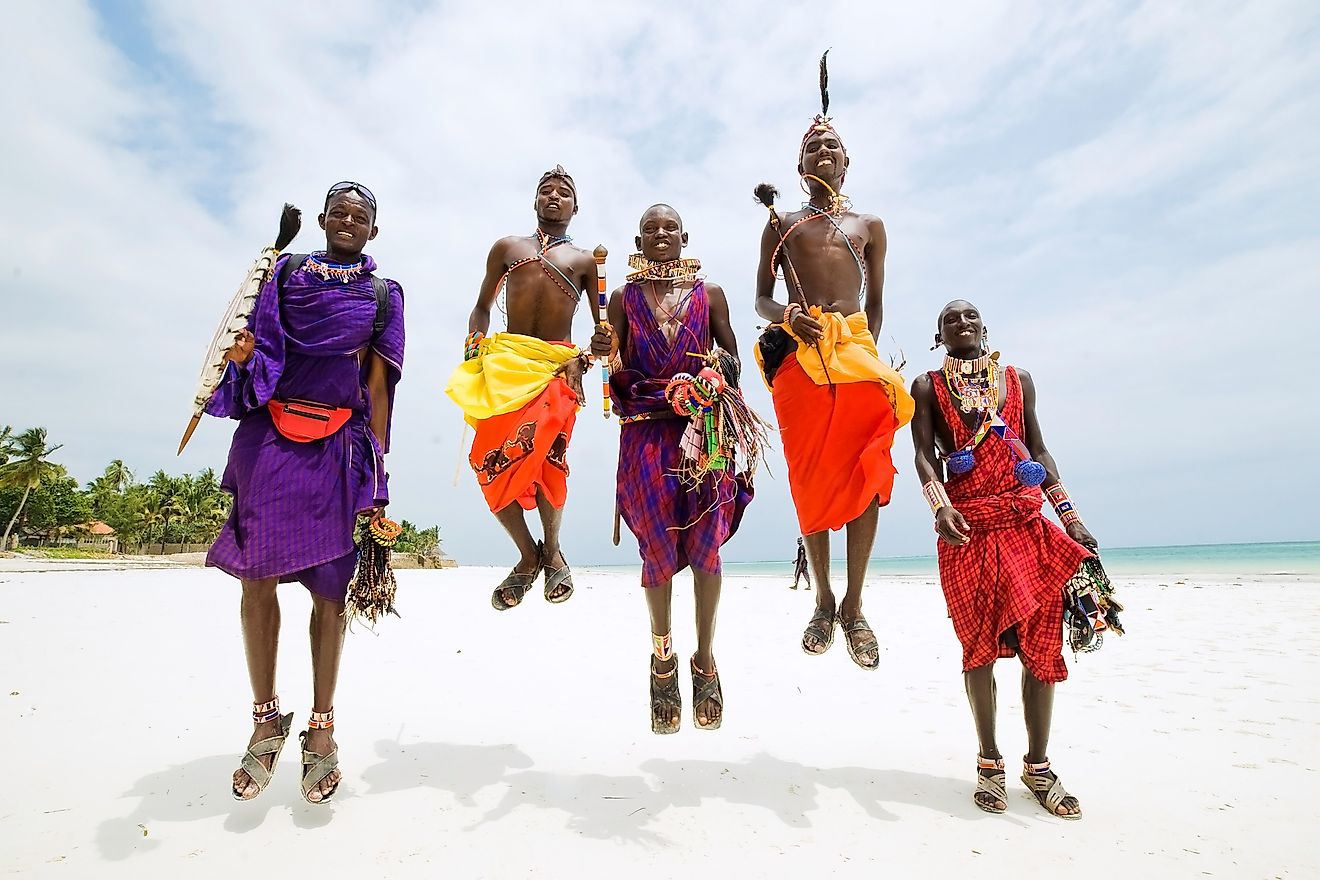
- Some of the tribes around the world have been experiencing a decline in their population because of several factors including malnutrition, epidemics, constant attacks by other superior tribes, and other natural causes.
- The Maasais face multiple challenges that threaten their future existence including climate change.
- Lopa people were the original inhabitants of the Mustang District in Northern Nepal and face threat of modernisation.
The world’s population is projected to reach 8.6 billion in 2030 and about 10 billion by 2050. Unfortunately, some of the ethnic groups and tribes will have become extinct by the next decade. Some of the tribes around the world have been experiencing a decline in their population because of several factors including malnutrition, epidemics, constant attacks by other superior tribes, and other natural causes. Violence and conflict with the colonialists also contributed significantly to the decline. Some of the tribes on the verge of extinction are mainly those who have spent their lives in seclusion, mostly in the forest or river banks, with little or no contact with the “outside” world. Here are some of the most threatened tribes in the world.
Awa
The Awa, also known as the Gauja tribe, is considered the world’s most threatened tribe. They are the indigenous people of Brazil who live in the eastern Amazon Forest and speak the Gauja language. The Awa tribe number approximately 350 people, of which 100 people are secluded from the outside world. The Gaujas originally lived in settlements but adopted a nomadic lifestyle in the 1800s to escape from the Europeans. From the 19th century, the tribe has been under constant attack, especially by the settlers in the region with logging interest.
Without government intervention, the Awa and their culture would have become extinct. Although some of the Awa people moved to government settlements in the 1980s, they still depended on forests for their livelihood. In 1982, the Brazilian government received a loan from the World Bank, part of which was to be used in demarcating the land for the Awa people. However, it took the government 20 years to demarcate the land. Despite the efforts to protect the Awa people from extinction, they are still threatened by loggers.
Maasai
The Maasai people of southern and central Kenya and northern Tanzania are known internationally for their preserved culture, customs, and distinct dressing. They are famous for their jumping dance known as aduma and the warrior spirit (moran). The Massai people are semi-nomads with established settlements near game parks and reserves of the African Great Lakes. The governments of Kenya and Tanzania have tried to encourage the Maasais to abandon their traditional semi-nomadic life but they are reluctant to do so.
The Maasai people in Kenya are approximately 850,000 while those in Tanzania are about 800,000. The Maasais face multiple challenges that threaten their future existence. Climate change, especially extended dry seasons and drought have affected their crops and pasture for their livestock which are their main sources of livelihood, living them with no food and water. The declining wildlife and restriction on hunting by the government is a threat to moranism which requires young warriors to kill a lion as a sign of strength.
Korowai
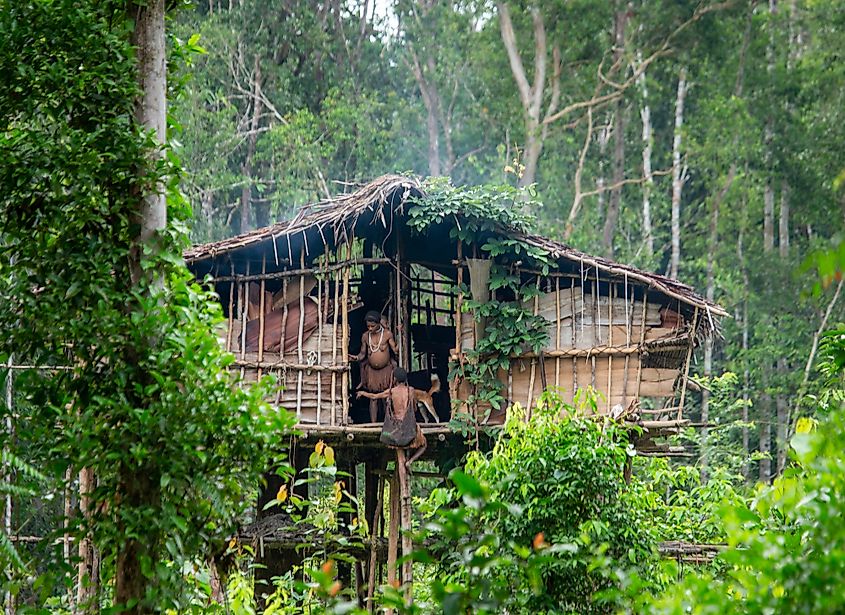
The Korowai people, known for their distinct treehouses, are found in Southeastern West Papua in the province of Papua, Indonesia. They mainly live close to the border with Papua New Guinea and numbers about 2,500 to 3,000. Until the 1970s, the Korowai people believed that they were the only people in the world as they were unaware of any other people apart from themselves. They speak the Korowai language. Since 1980, some of the people have been moving out of the forests to the nearby villages such as Mu, Yaniruma, Mabul, and Manggel. They are mainly hunters and gatherers and also practice shifting cultivation. The main threat to the Korowai people is the invasion by plantation owners, loggers, miners, and those seeking natural resources on their tribal land.
Huli
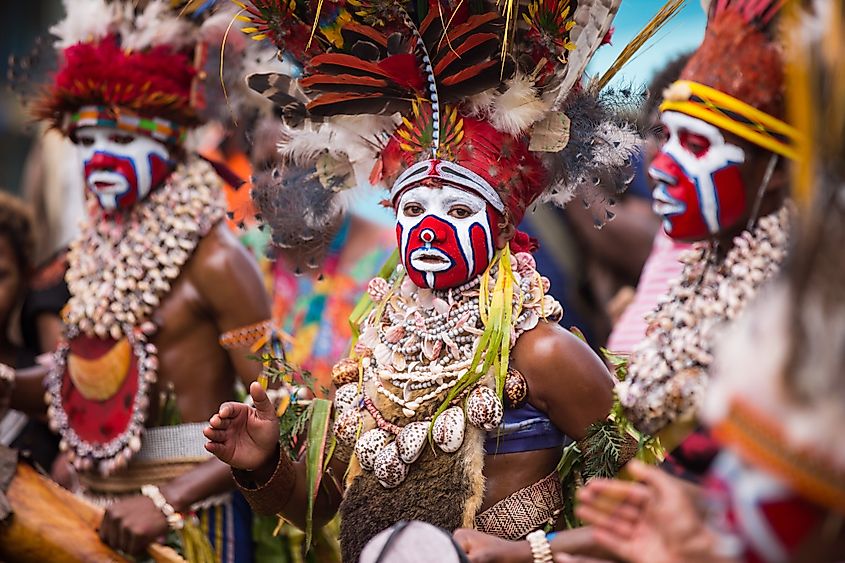
The Huli people are the largest indigenous group in New Papua Guinea, with an estimated population of 90,000-250,000 people. The group is famous for its traditional colorful head wig and face painting. The Huli people are funds in large numbers in the Hela Province and a sizeable number throughout the country. They mainly speak Huli and Tok Pisin languages. Hulis are extensive travelers both in the lowlands and highlands surrounding their homelands. They were not known to the Europeans until 1934 when the Fox brothers killed at least 50 of them. The Huli people are some of the most threatened tribes in New Papua Guinea. Their habitat is increasingly under pressure from natural gas exploration and deforestation. The loss of habitat has also led to the migration of birds whose feathers are used for making the head wigs. There are also claims that other tribes have taken advantage of their illiteracy to cheaply buy land from them, leaving them without settlements.
Lopa
Lopa people were the original inhabitant of Mustang District in Northern Nepal. The socio-cultural and political center of the Lopa people is Lo Manthang. Lo Manthang is the capital of the old kingdom of Lo and has approximately 876-2,600 people. The Lopas is famous for its mud-brick houses which resemble the Tibetan homes. The walls of their homes are decorated in the inside and whitewashed on the outside. The houses are built of stones including the roofs which are extremely uniform and smooth. Most houses have small holes and no windows to protect against the wind. Lopa people are mainly farmers, merchants, and shepherds. With the Tibetan culture on the verge of collapsing, the Mustang culture will be the only remaining true Tibetan culture. However, the main threat facing the Mustang tribe is modernization. Because of modernization, the Lopa people are slowly abandoning their culture. Houses are now being built with cement and children sent to schools abroad.
Rabari
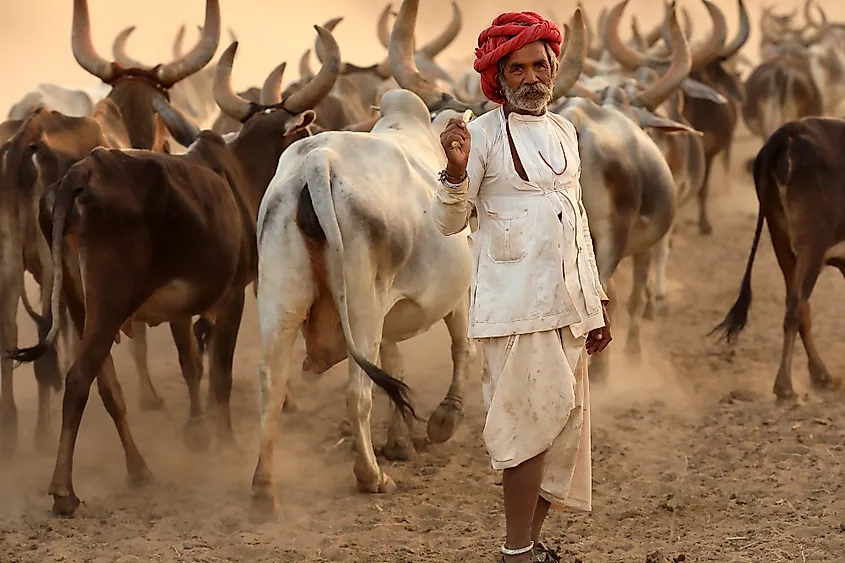
The Rabari tribe, also known as Desai or Rewari, is an indigenous tribe of nomadic pastoralists living throughout Northwest India, particularly in the states of Punjab, Gujarat, and Rajasthan. Others are also found in Pakistan’s region of Sindh Desert. The word “Rabari” means “outsiders,” a fair description of their status in India. For over 1,000 years the Rabaris have been roaming the desert and plains of west India, returning to their villages only once in a year. Although they were completely nomads in the past, they are now semi-nomads, with many settling in the cities. Their main source of income is livestock. While the men look after the livestock, women take care of the home and trade milk. There are 133 recognized casts of the Rabari, all of who follow the Hindu faith.
Ni-Vanuatu
Ni-Vanuatu is a group of Melanesian people native to the Republic of Vanuatu. Ni-Vanuatu is not a single tribe but a mixed ethnolinguistic group speaking a multitude of languages. Today, there are about 100 languages spoken in the island country. Vanuatu is made up of 83 islands, forming a Y-shaped archipelago. It has a total surface area of approximately 4,739 square miles and a population of about 273,000 people. 98% of the population is Ni-Vanuatu and the rest is a mix of Asians, Europeans, and the Pacific islanders. The national language in Vanuatu is Bislama and the official languages are English, French, and Bislama. Bislama is also the first language of the majority of urban ni-Vanuatus. Christianity is the dominant religion among the people, with Protestant accounting for 70% of the population.
Drokpa
Drokpa is a small community of people living in some small villages in the Dha-Hanu valley of Ladakh. The valley is approximately 160 kilometers from Leh, the capital of the former Himalayan Kingdom. The Drokpa people speak a Dardic language and are mainly Shia Muslims. They are culturally, linguistically, socially, and physically different from the Tibeto-Burman who inhabit much of Ladakh. Agriculture and animal husbandry is the main economic activity of the Drokpas. The highly fertile valley of Ladakh supports vegetable farming. The tribe is highly social and has been known to engage in public display affection such as kissing. Wife swapping is normal among the people without any hindrance. Their culture is also reflected in their dressing and ornaments.
Mursi
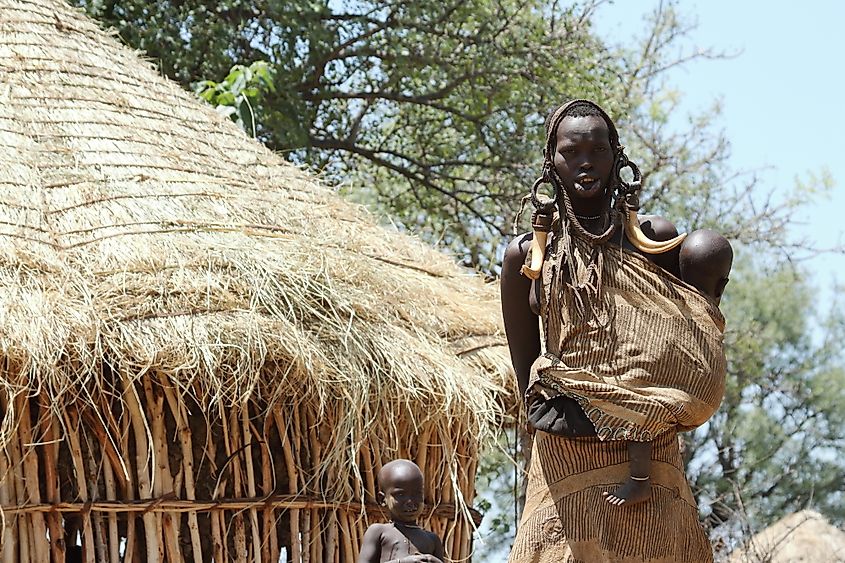
The Mursi is an ethnic group in Ethiopia residing in the Debud Omo Zone close to the border with South Sudan. There are approximately 12,000 Mursi in the country, of which more than half live in the urban centers. Omo River, one of Ethiopia’s most isolated areas, is home to the Mursi people. The ethnic group speaks the Mursi language, classified as Surmic, belonging to the Nilo-Saharan language family. The Mursi people believe in Tumwi, a force that is greater than them and resides in the sky. The group undergoes several rites of passage. They are well known for the lip plate, a wooden disc or plate won on the lower lips.
Nenets
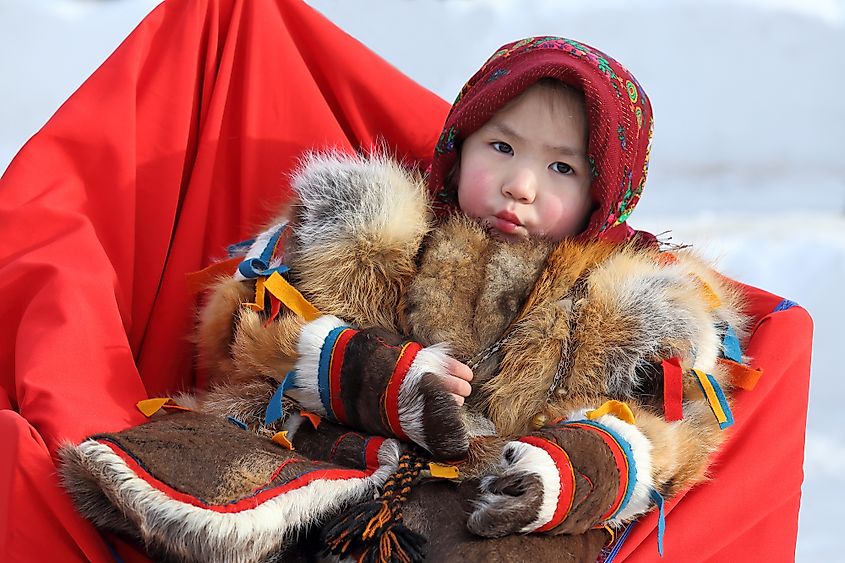
Nenets, also known as Samoyed, is an ethnic group native to Arctic Russia (Far North). According to the 2010 census, there are approximately 45,000 Nenets in Russia. The majority of the group live in Yamalo-Nenets Autonomous Okrug. The name “Samoyed” translates to “self-eater” and is no longer in use. Nenets which is the popular name means “man.” The Nenets speak the Nenets language which belongs to the Uralic language family. The tribe depends on hunting and reindeer herding. Nenets have an animistic and shamanistic belief system that insists on respect for the land and its resources.











